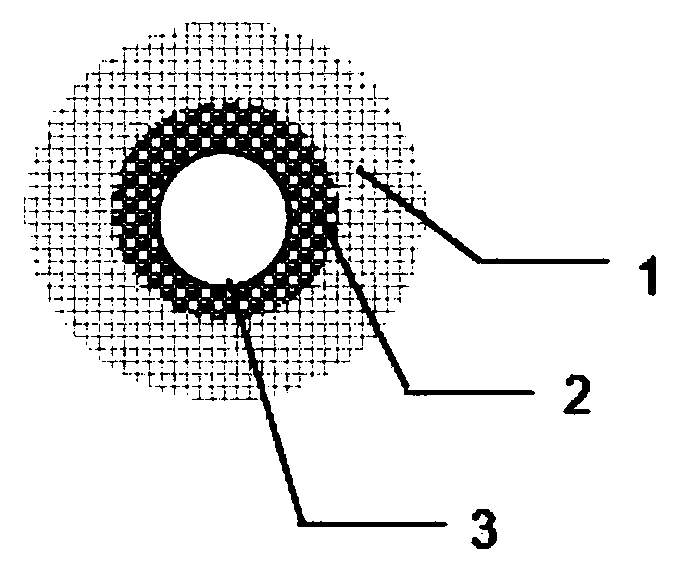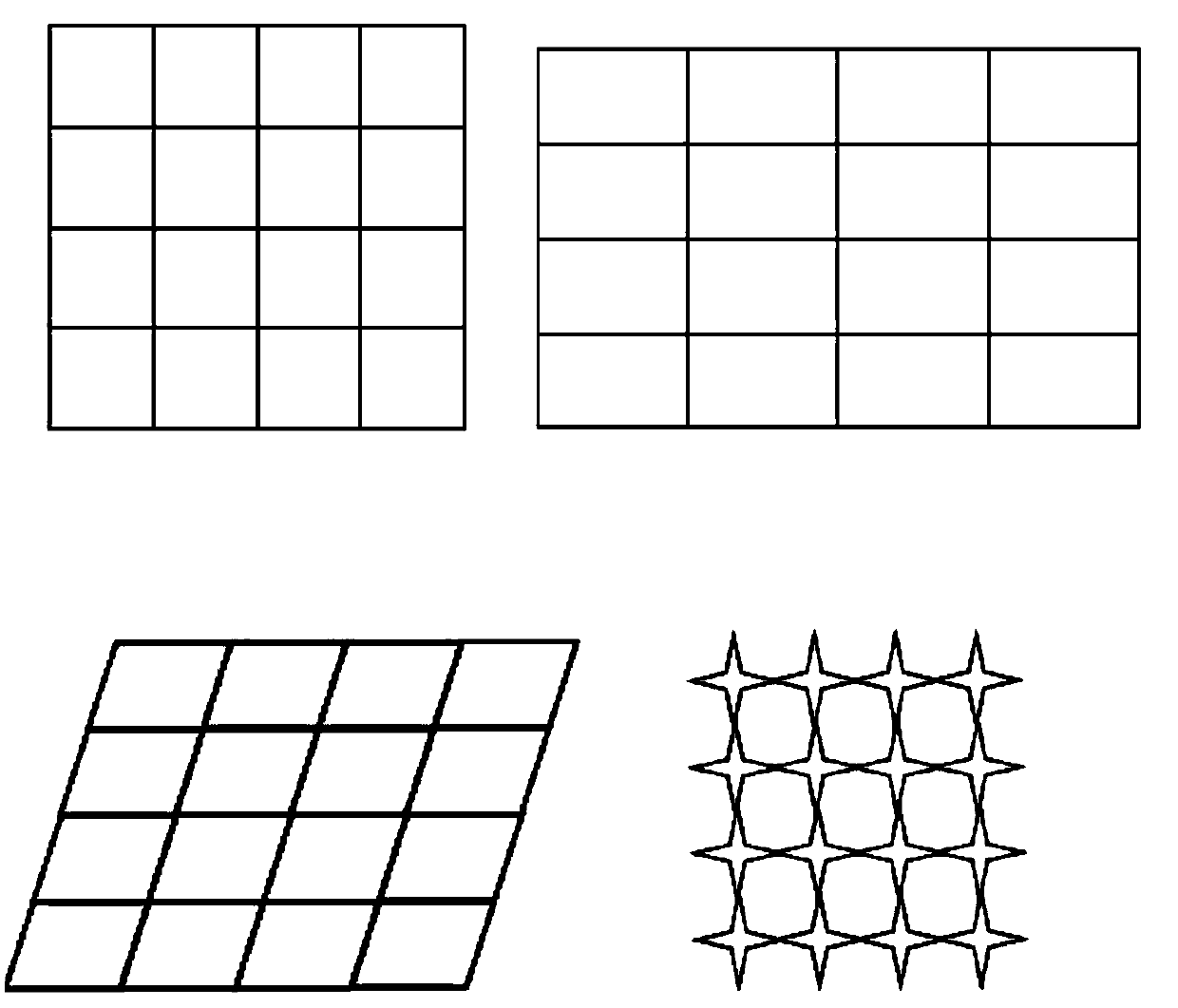Silk fibroin/polymer-based tubular stent with three-dimensional ordered and disordered double network structures and preparation and usage methods thereof
A three-dimensional orderly, network-structured technology, applied in medical science, prostheses, tissue regeneration, etc., can solve the problems of limited ability of cells to induce growth and difficulty in forming a three-dimensional pore structure, achieving small structure size, ensuring mechanical support and Flexibility, enhanced structural stability and flexibility effects
- Summary
- Abstract
- Description
- Claims
- Application Information
AI Technical Summary
Problems solved by technology
Method used
Image
Examples
Embodiment 1
[0034] (1) Add polylactic acid PLA into tetrahydrofuran to fully dissolve to obtain a 5g / L polymer solution, inject the polymer solution into a tubular mold with an inner diameter of 15mm, freeze-dry it quickly at -60°C, and then freeze it at -20°C Vacuum freeze-drying for 2 days and demoulding to obtain a polymer porous inner layer scaffold with a wall thickness of 2 mm, wherein the polymer porous inner layer scaffold contains a honeycomb pore structure with a pore size of 20-200 μm.
[0035] (2) The titanium-nickel shape memory alloy with a diameter of 0.2-0.3mm is used to form a metal mesh with a pore size of 0.8-1.5mm. After the inner support surface is covered with a layer of medical rubber, the polymer porous inner layer bracket is covered with medical rubber. On the surface, a tubular scaffold with a polymer porous inner layer supported by a metal mesh is obtained.
[0036] (3) Add silkworm cocoons to 0.05% Na2CO3 solution, the bath ratio is 1:50, after degumming at 100...
Embodiment 2
[0039] (1) Add polycaprolactone PCL to tetrahydrofuran to fully dissolve to obtain a 10g / L polymer solution, inject the polymer solution into a tubular mold with an inner diameter of 35mm, freeze-dry quickly at -80°C, and then dry it at -30 Vacuum freeze-drying at °C for 4 days, demoulding to obtain a polymer porous inner layer scaffold with a wall thickness of 6 mm, wherein the polymer porous inner layer scaffold contains a honeycomb pore structure with a pore size of 20-200 μm.
[0040] (2) A titanium-nickel shape memory alloy with a diameter of 0.3 mm is used to form a metal mesh with a pore size of 1.5 mm. After the inner support surface is covered with a layer of medical rubber, the polymer porous inner layer bracket is placed on the surface of the medical rubber to obtain a metal mesh containing A polymeric porous inner tubular scaffold supported within a metal mesh.
[0041] (3) Add silkworm cocoons to 0.05% Na2CO3 solution, the bath ratio is 1:50, after degumming at 10...
Embodiment 3
[0044] (1) Add polylactic acid-glycolic acid copolymer PLGA into tetrahydrofuran to fully dissolve to obtain a polymer solution of 8 g / L, inject the polymer solution into a tubular mold with an inner diameter of 20 mm, and freeze-dry it quickly at -70 ° C. Vacuum freeze-drying at -25°C for 3 days, demoulding to obtain a polymer porous inner layer scaffold with a wall thickness of 4 mm, wherein the polymer porous inner layer scaffold contains a honeycomb pore structure with a pore size of 20-200 μm.
[0045] (2) A titanium-nickel shape memory alloy with a diameter of 0.25 mm is used to form a metal mesh with a pore size of 1.2 mm. After the inner support surface is covered with a layer of medical rubber, the polymer porous inner layer bracket is placed on the surface of the medical rubber to obtain a metal mesh containing A polymeric porous inner tubular scaffold supported within a metal mesh.
[0046] (3) Add the raw silk to the 0.05% Na2CO3 solution, the bath ratio is 1:50, a...
PUM
| Property | Measurement | Unit |
|---|---|---|
| size | aaaaa | aaaaa |
| thickness | aaaaa | aaaaa |
| diameter | aaaaa | aaaaa |
Abstract
Description
Claims
Application Information
 Login to View More
Login to View More - R&D
- Intellectual Property
- Life Sciences
- Materials
- Tech Scout
- Unparalleled Data Quality
- Higher Quality Content
- 60% Fewer Hallucinations
Browse by: Latest US Patents, China's latest patents, Technical Efficacy Thesaurus, Application Domain, Technology Topic, Popular Technical Reports.
© 2025 PatSnap. All rights reserved.Legal|Privacy policy|Modern Slavery Act Transparency Statement|Sitemap|About US| Contact US: help@patsnap.com



